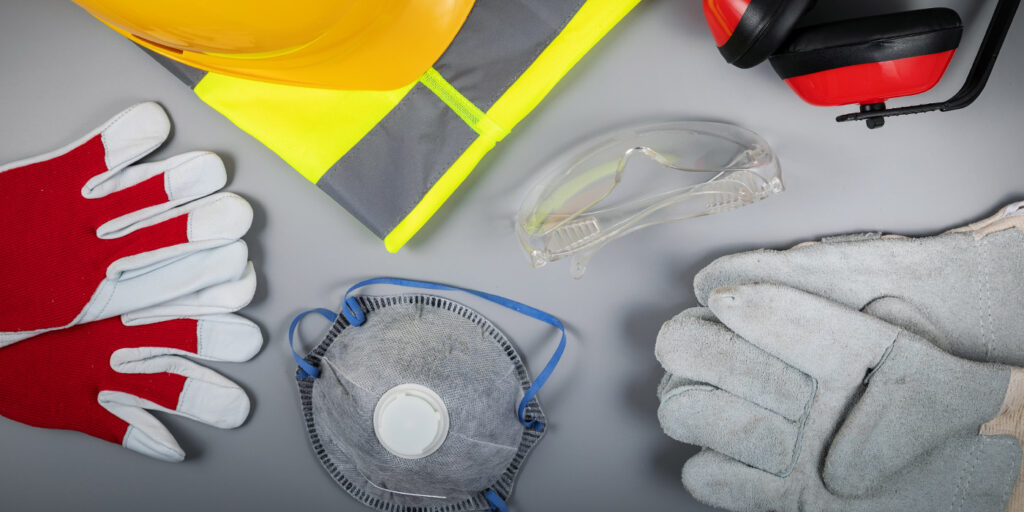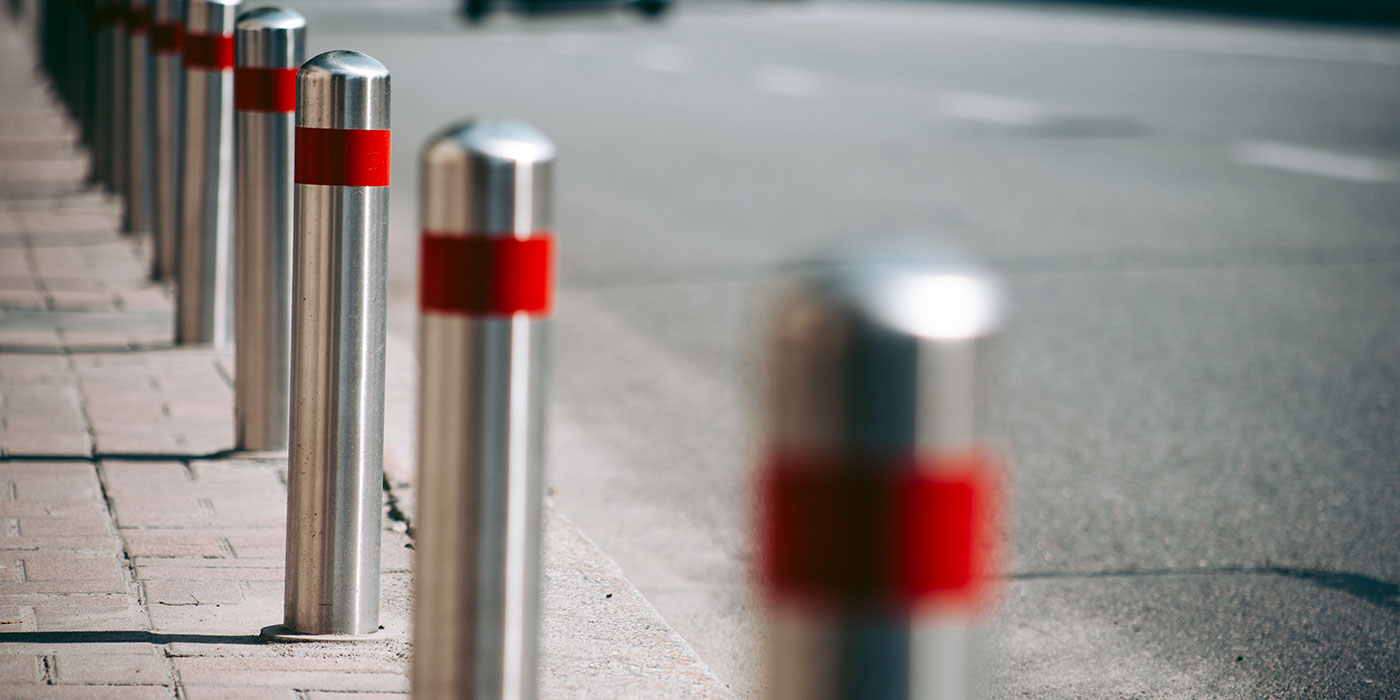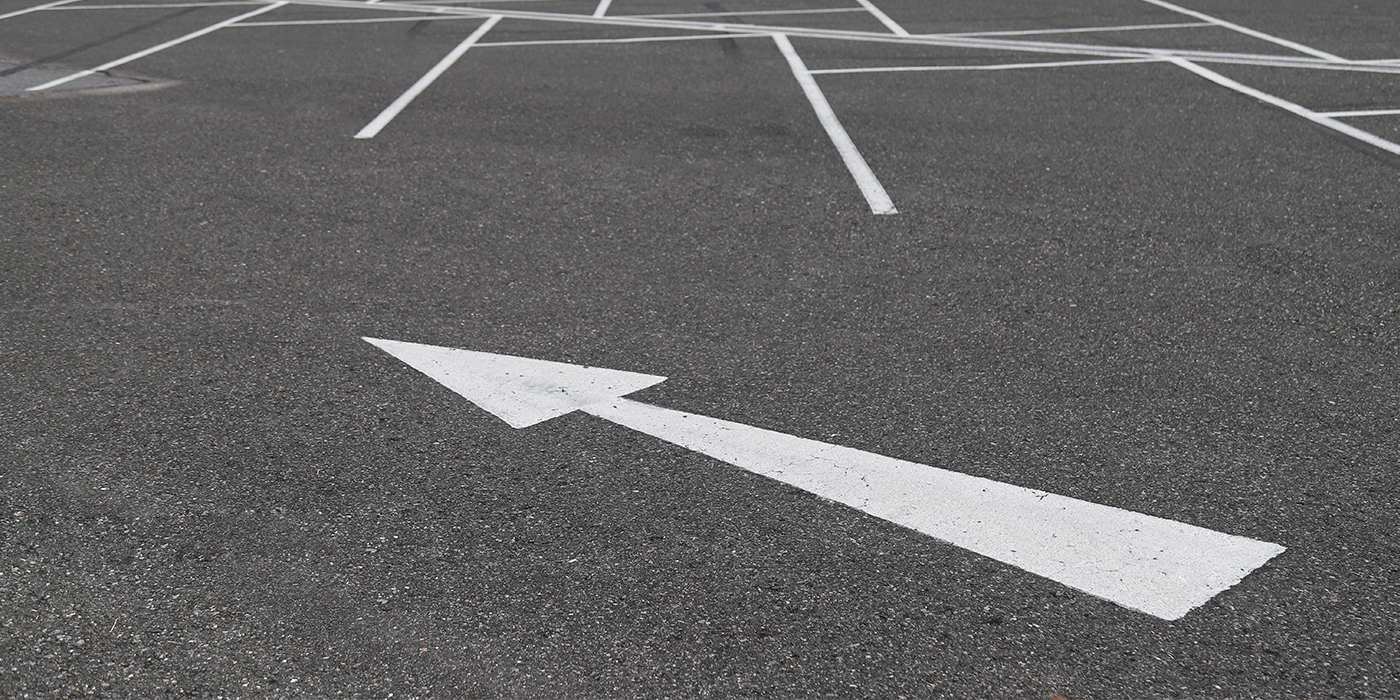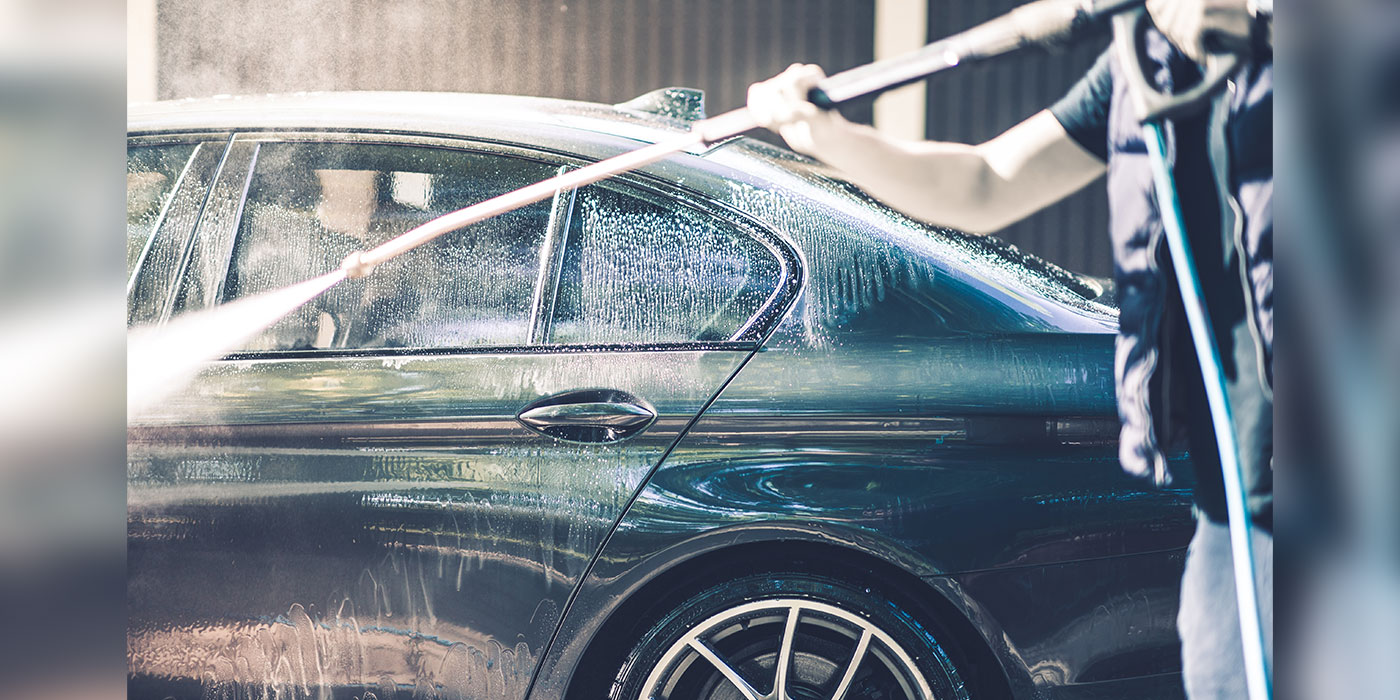Whether you operate an automatic or a manual carwash, there are several health and safety considerations to be aware of. Carwashes can pose risks to both your employees and your customers. There is a range of safety hazards that exist, from chemical burns to slips and being struck by a moving vehicle. As an employer, it is your duty to protect your workers and customers alike by using effective prevention measures to mitigate the risk of someone sustaining a serious injury.
In this article, we will examine some of the important health and safety considerations for carwashes. We will look at a selection of the most common safety risks and provide tips on how you can maintain a safe working environment.
Safety risks
First and foremost, the most obvious risk is the vehicle itself. Cars can kill if they are driven dangerously or recklessly. When entering a carwash, drivers should behave accordingly. Every business operates differently and therefore, carwashes can be a confusing experience. Drivers may not know what to do, where to go or fail to see pedestrians when setting off.
Carwashes generally use a lot of different chemicals to clean a vehicle, and this is one of the most critical risks associated with the industry. If precautions are not taken, chemicals can cause health issues for workers. These chemicals can, for example, irritate the skin or cause damage to the eyes. Carwashes, of course, also use a lot of water and detergents, which can make the surface slippery. Slips and trips are two of the most common types of workplace accidents. When dealing with lots of different liquid alongside electrical equipment, there are also electrical hazards to think about. There is the worrisome potential of someone getting electrocuted if procedures are not followed.
Carwashing equipment can be very complex with several parts and components. Risk is heightened if the equipment is used incorrectly or operated by an incompetent or untrained person. Injury risks with equipment include a person’s body getting trapped or crushed. Accidents can also occur if the equipment is not in a good working condition or malfunctions.
The last safety risk that we will focus on involves vehicle exhaust fumes. If your carwash involves working indoors or in an enclosed space, then you must be aware of the risks associated with fumes. If a car’s engine is left running in a confined space, it will emit exhaust fumes that can be highly dangerous, especially for people who regularly work in an environment such as this. Exhaust fumes, which contain the poisonous carbon monoxide gas, can enter the respiratory system. Health complications of encountering fumes include breathing problems, eye irritation and cancer.
Maintaining a safe environment
The above health risks might all sound extremely scary and not worth the hassle, but there are simple steps you can take to keep people safe. As a first measure, we recommend that you carry out a risk assessment. This should be a thorough process which evaluates risks and identifies ways to eliminate or minimize risk to ensure the health and safety of workers and customers. The risk assessment should look at factors like safety equipment, staff training and measures if something goes wrong.
Due to the risks associated with driving a vehicle, drivers should take extra care and drive at a slow speed, recognizing the need for a reduced stopping distance because of wet tires. At all times when not moving, the car should be in neutral gear with the parking brake applied. People walking on foot should also take extra care to avoid slipping. A non-slip floor covering may be an advisable option to reduce the risk of slippery surfaces. To avoid people tripping over objects, make sure to keep the area free of wires, buckets, tools and other items as much as possible. You should display clear signage that provides instructions for customers and staff as well as to highlight hazards such as dangerous machinery and slippery surfaces.
As we mentioned, the use of chemicals is one of the biggest dangers in the carwash industry. Protective clothing, such as safety goggles, face masks and gloves, should be used by employees when handling hazardous chemicals. Employees should thoroughly wash after working with chemicals, especially before eating and drinking. Make sure that chemicals are carefully stored and not left out in an open space. It’s important that chemicals are stored in the correct container that clearly states its contents and the health risks.
Your workers must be fully trained and know how to correctly operate equipment that they are required to use. Ideally, training should be provided on a regular basis to keep them up to date on best practices. As part of their training, employees should be informed about potential risks, prevention measures and what protective clothing to wear and when. If an employee is working in close proximity to a moving vehicle, they should wear brightly colored clothing to increase their visibility. Equipment should be inspected and serviced regularly to prevent breakdowns and ensure they continue to function as intended.
As for vehicle exhaust fumes, you should ensure that your carwash supports good ventilation. Ventilation is essential to make sure that toxic fumes don’t clog the environment and aren’t inhaled by employees and customers. If the situation calls for it, you may even want to investigate the possibility of implementing a local exhaust ventilation system, such as an exhaust fume extractor.
Mark Boyle is a content writer at Auto Extract Systems, a provider of dust and fume extraction systems that specializes in helping automotive businesses maintain a safe and pollution-free environment.














